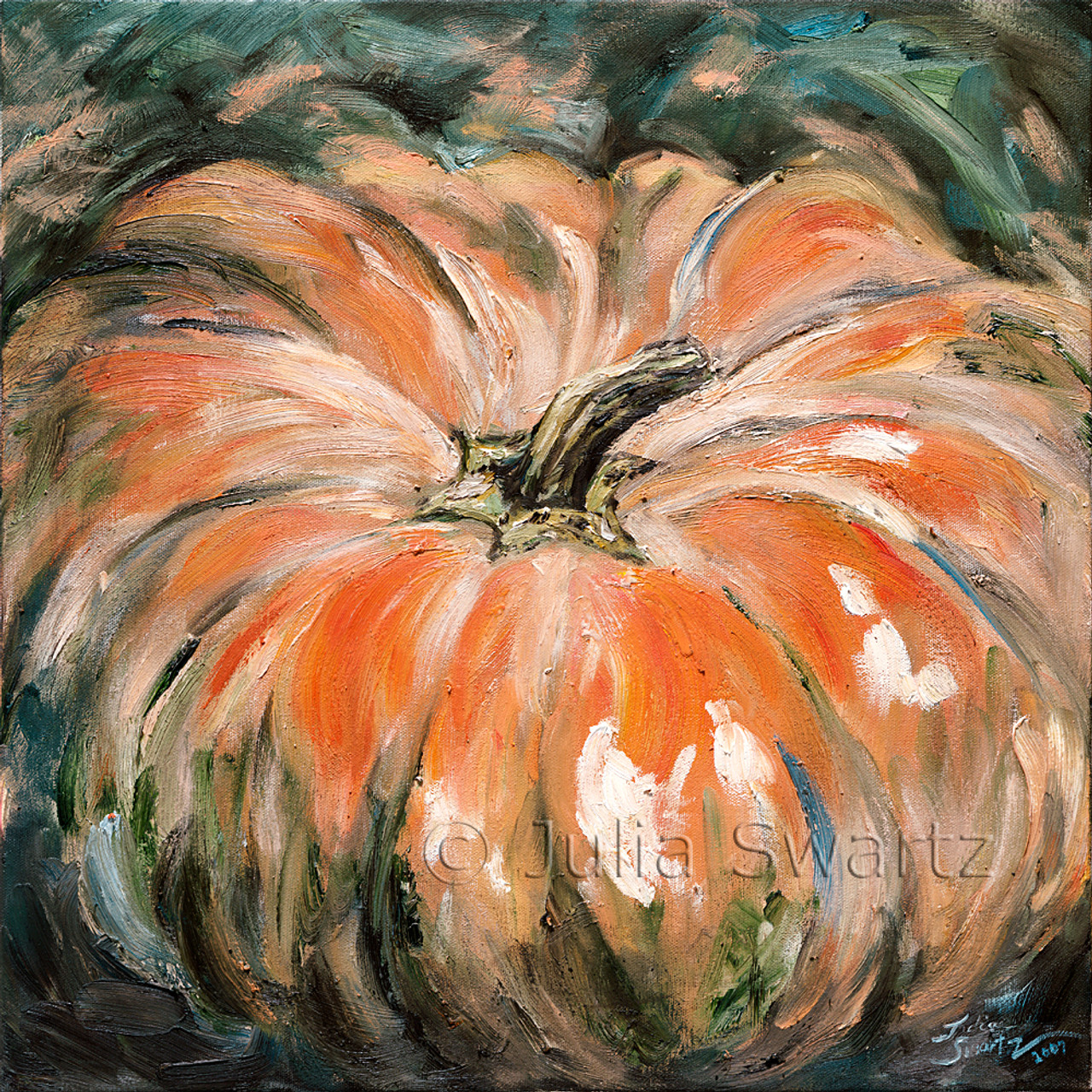Exploring Everything About Oil Paintings: An Overview to Recognizing Their Appeal and Worth
Oil paints have mesmerized target markets for centuries, supplying a glimpse right into the artistic mastery of numerous periods. Their rich history is linked with cutting-edge methods and profound emotional expression. Recognizing the products and approaches behind these artworks can enhance gratitude. In addition, the market for oil paints offers chances for capitalists and enthusiasts alike. As one explores this fascinating globe, the question emerges: what makes an oil painting truly beneficial?
The History of Oil Paint: A Journey Through Time
Although oil paint has roots that go back to ancient times, it absolutely thrived throughout the Renaissance, when artists uncovered its adaptability and rich color capacity. Early instances can be traced to the 7th century, with strategies evolving notably throughout cultures. The tool became famous in Northern Europe in the 15th century, specifically with the jobs of musicians like Jan van Eyck, who spearheaded its use for in-depth realistic look and dynamic colors. This duration marked a departure from tempera paints, permitting higher deepness and appearance. As oil painting spread, it affected numerous artists, leading to work of arts by renowned figures such as Leonardo da Vinci and Rembrandt. The medium's tradition proceeds, shaping the art world well right into modern times.
Comprehending Oil Repaints: Products and Techniques
As musicians explore the world of oil paints, they experience a varied range of products and strategies that define this medium. The primary elements of oil paint consist of pigments, which give shade, and drying out oils, such as linseed, that bind the pigments and assist in application. Different additives can customize the paint's structure and drying out time, boosting flexibility. Methods like glazing, where transparent layers are developed up, and impasto, which includes using thick paint, enable for different visual effects. Additionally, making use of brushes, combination knives, and even fingers can create unique structures and surfaces. Understanding these techniques and materials makes it possible for musicians to totally share their creativity and achieve the desired impact in their artwork.
The Role of Color in Oil Paintings
Color plays an essential function in oil paintings, affecting both visual appeal and psychological resonance. Recognizing shade theory essentials, consisting of the partnerships between tones, can improve a musician's capability to communicate state of mind and environment. Additionally, grasping color blending techniques permits greater deepness and richness in a painting's scheme.

Color Theory Essential
Recognizing shade concept is necessary for artists dealing with oil paints, as it forms the structure for developing aesthetically appealing and harmonious compositions. Shade concept includes the study of just how shades interact, the shade wheel, and the connections between key, secondary, and tertiary colors. Musicians use complementary shades to improve contrasts and produce focal factors, while analogous shades advertise unity and cohesiveness within a piece. Additionally, the principles of warm and cool shades influence the understanding of depth and area in a paint. Comprehending these concepts enables artists to manipulate shade successfully, guiding the visitor's eye and interacting their desired message. Mastery of shade theory inevitably enhances a musician's ability to share emotions and concepts through their job.
Emotional Effect of Shade
The emotional impact of color in oil paints plays a critical role in exactly how visitors link and regard with art work. Colors evoke certain feelings and state of minds, influencing the customer's mood. For instance, warm colors like oranges and reds can create a sense of warmth and energy, while great tones such as blues and greens frequently evoke calmness or self-questioning. Artists tactically select color palettes to boost narrative elements, guiding the audience's psychological journey. The saturation and contrast of colors better amplify these results, attracting interest and producing emphasis. Ultimately, the interplay of shades in oil paints not just improves their aesthetic allure however likewise serves as a powerful medium for emotional expression, enriching the viewer's experience and interpretation.
Color Mixing Techniques
While many facets of oil painting add to the total structure, mastering shade blending techniques is vital for achieving wanted results and depth. Shade mixing can be approached via different methods, including the additive and subtractive processes. Additive blending entails incorporating shades of light, while subtractive mixing counts on pigments, where shades mix to produce new tones. Musicians commonly use a restricted palette to create unified works, understanding the partnerships in between main, secondary, and tertiary shades. Methods such as glazing and scumbling even more enhance deepness and brightness. By skillfully blending shades, a musician can evoke emotions, develop prime focus, and achieve a sense of realism, eventually elevating the painting's visual and emotional influence.
Famous Oil Painters and Their Iconic Works

Famed for their mastery of color and method, oil painters have actually developed several of one of the most celebrated artworks in history. Renowned artists like Vincent van Gogh captivated audiences with his stirring brushwork in "Starry Evening," while Claude Monet's "Perception, Daybreak" prepared for Impressionism. Leonardo da Vinci's "Mona Lisa" continues to be a long-lasting sign of creative brilliant, showcasing his skill in catching human expression. At the same time, Rembrandt's "The Evening Watch" illustrates his innovative use light and darkness. Other noteworthy figures include Pablo Picasso, who reinvented modern-day art with his strong testing in works like "Les Demoiselles d'Avignon," and Georgia O'Keeffe, whose dynamic depictions of landscapes and blossoms aided define American modernism. Each artist's special style contributed significantly to the oil painting landscape.
Just how to Review the Top Quality of an Oil Painting
Examining the top quality of an oil paint involves a careful analysis of craftsmanship techniques, as well as an analysis of shade and make-up. Observing brushwork, layering, and the application of paint can disclose the artist's ability level. Additionally, the interaction of colors and the general plan of elements add considerably to the painting's visual value.
Examining Craftsmanship Strategies
A careful evaluation of workmanship strategies is crucial for figuring out the quality of an oil paint. Evaluators must first check out the application of paint; thick, textured brushstrokes might suggest a competent hand, while overly consistent applications might indicate an absence of deepness. oil paintings for sale. The layering technique is likewise vital; the visibility of glazes and varied density can enhance brightness and intricacy. Additionally, the high quality of the products used, such as the canvas and pigments, plays a substantial role in longevity and total aesthetic. Attention to information in components like edges and changes in between colors mirrors the artist's dedication to their craft. Ultimately, these techniques add to the paint's psychological impact and market price, functioning as signs of the artist's skill and intent
Evaluating Shade and Composition
While reviewing the top quality of an oil painting, one have to focus on the interaction of shade and composition, as these components are fundamental to the artwork's total impact. Color selections can stimulate emotions and establish mood; therefore, the artist's scheme should be analyzed for consistency and contrast. A well-balanced composition directs the audience's eye and produces a sense of unity. Artists typically utilize strategies like the guideline of thirds or leading lines to improve visual interest. Additionally, the use of light and shadow can add deepness, boosting the three-dimensionality of the paint. Eventually, a successful oil painting marries color and make-up, involving the customer and inviting a deeper appreciation of the musician's vision and strategy.
Taking care of and Preserving Oil Paintings
Appropriate care website and conservation of oil paints is crucial for keeping their integrity and durability. To secure these artworks, it is important to display them far from direct sunlight, which can create fading and staining. Preserving a stable setting with controlled temperature and moisture further help in protecting against damages. Cleaning should be done delicately utilizing a soft, dry towel, preventing any rough chemicals that might harm the paint or varnish. Normal assessments for signs of damage, such as flaking or splitting, are a good idea. When saving or delivering oil paintings, correct padding and framework are required to avoid physical injury. Eventually, diligent treatment contributes to the visual allure and worth of oil paints in time.
The Market for Oil Paints: Investing and accumulating
Comprehending the marketplace dynamics for oil paintings is essential for investors and collection agencies alike. The worth of these art work is influenced by different aspects, including the musician's credibility, historic importance, and current patterns. Collectors commonly seek items that resonate directly while considering possible recognition in value. Galleries and auctions function as primary locations for trading, with rates fluctuating based upon need and rarity. Purchasing oil paints calls for research study right into the market, in addition to an understanding of credibility and provenance. Additionally, arising musicians may use opportunities for considerable returns, while developed names can command high costs. Generally, a critical technique to accumulating can yield both aesthetic enjoyment and financial benefits.

Regularly Asked Concerns
What Are the Environmental Effects of Oil Painting Products?
The environmental effects of oil painting products include the release of volatile organic substances (VOCs), dangerous waste generation, and resource removal for pigments. These factors add to pollution and eco-friendly deterioration, increasing concerns amongst eco conscious musicians and customers.
Exactly How Do Different Canvases Impact Oil Painting Results?
Different canvases influence oil painting results significantly. Absorbency, surface, and texture top quality can change paint application, drying times, and color vibrancy. Artists typically select particular canvases to achieve desired results and boost their creative expression.
Can Oil Paintings Be Brought Back if Damaged?
Oil paintings can certainly be restored if harmed. Professional conservators make use of numerous methods to repair rips, tidy surfaces, and address staining, making certain that the art work keeps its original elegance and value for future generations.
What Are the Signs of an Initial Oil Painting?
The indicators of an initial oil painting consist of visible brush strokes, appearance variations, and an uneven canvas weave (oil paintings for sale). In addition, credibility may be validated via provenance, trademarks, and the existence of a varnish layer one-of-a-kind to oil tools
Just How Has Modern Technology Influenced Modern Oil Paint Techniques?
Technology has actually considerably influenced modern-day oil painting methods by introducing electronic devices for planning, boosted materials for appearance and longevity, and on-line platforms for sharing and offering art, thereby expanding musicians' innovative opportunities and audience reach. Oil paint has roots that date back to ancient times, it absolutely flourished throughout the Renaissance, when musicians discovered its adaptability and abundant color capacity. The emotional influence of shade in oil paintings plays an essential duty in exactly how visitors perceive and connect with art work. While many aspects of oil paint add to the general make-up, mastering color blending strategies is essential for accomplishing preferred results and deepness. Evaluating the high quality of an oil paint includes a cautious evaluation of workmanship strategies, as well as an evaluation of shade and composition. While evaluating the quality of an oil painting, one should concentrate on the interaction of shade and structure, as these components are basic to the art work's total influence.
Comments on “Colorful Nature-Themed Oil Paintings for Sale”